
Tomato Catherine F1 is another worthy example of the seed production of the domestic agricultural company SeDeK, which enjoys a deservedly high reputation among domestic gardeners and farmers. The constant success in the production of hybrids has led to the demand for seeds, which are supplied to the Russian market by the manufacturer.
The variety is included in the State Register of the Russian Federation, as recommended for cultivation in unheated greenhouses and under film shelter, refers to tomatoes of universal use (for fresh consumption, canning and cooking with heat treatment). Consumer feedback on taste is invariably commendable and favorable.
High productivity allows not only to grow it for their own needs, but also to engage in industrial breeding. This is facilitated by resistance to common diseases of tomatoes, and the property is easy to carry transportation over long distances, while maintaining freshness and excellent presentation.
Content
Characteristics and description of the variety, yield
Catherine F1 - a tomato variety obtained by breeding (2 tomato varieties were crossed to improve valuable qualities). This is a variety from the domestic originator SeDeK, known among gardeners for the excellent quality and germination of seed material.
A high indeterminate plant is able to reach a height of 2 meters. Bushes are usually tied in the greenhouse using the trellis method. Several brushes are formed on the bush, on which fruits from 60 to 140 g at the same time ripen. They are harvested by disconnecting the brushes from the stem, which is relatively easy. In greenhouse conditions from one bush, with proper agricultural technology, you can get from 15 to 17.5 kg.
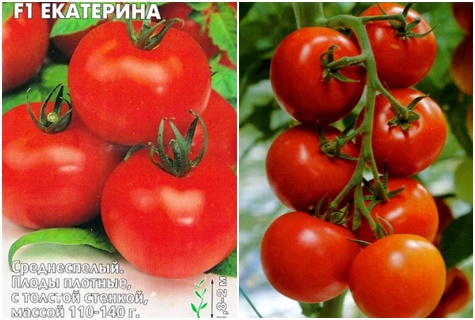
Ripe neat fruits with a thin skin have a distinct tomato aroma and taste and, in a state of full ripeness, become a beautiful and dominant scarlet shade.
5-6 fruits ripen on each brush. The mass of each can be significantly increased by removing not very high quality ovaries. The seedlings ripening period is 60-65 days, and if it is necessary to accelerate it, you can use purchased growth stimulants. From the planting of seeds in the soil to the first ripened fruits, 110-115 days pass, so the variety is classified as early ripe. Fruits are rounded oval.
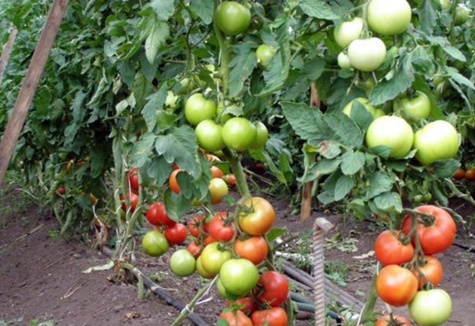
Seeds for seedlings are usually planted in late February or early March, but if cultivated year-round, you can plant them as needed in plants.
Advantages and disadvantages of the variety
The disadvantages of the variety include the need for the formation of a bush, careful garter, pinching and removal of deciduous mass for the transition of useful components into fruit ovaries. But these are the necessary conditions for the cultivation of all indeterminate varieties.
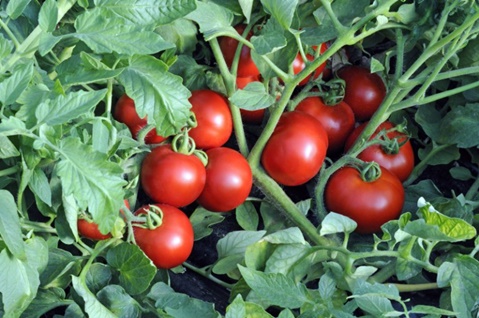
He has much more useful qualities:
- thin delicate skin and juicy pulp with good density and high in vitamins;
- small number of seeds, rich tomato flavor and aroma, which are quite rare in hybrid varieties;
- excellent keeping quality: capable of lying in suitable conditions for up to 60 days without deterioration;
- tomatoes plucked with a brush reduce the laying density for transportation, but keep the fresh presentation fresh longer;
- quietly transfer transportation over long distances, so that you can grow for sale;
- the bush is tall, if tied to trellises, you can not spend extra effort on harvesting;
- the fruits on the brush ripen at the same time, which eliminates the need to tinker with picking from the bush daily;
- the stalk is strong and stable, the root system is powerful, grows quite quickly and practically does not get sick after transplantation;
- tomato is resistant to verticillosis and other common diseases;
- seeds with a large% germination, and do not require additional processing;
- yield up to 8.5 kg from one bush, but with proper agricultural technology can be raised to 17.5 (according to some gardeners);
- Designed for universal use and unpretentious care.
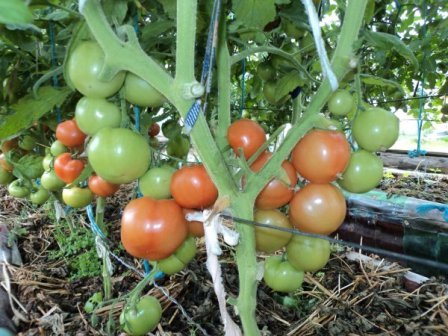
Growing Features
The variety has no special requirements, and amateurs can focus on general conditions for red-fronted greenhouse hybrids. Catherine requires 3 times feeding seedlings and 3 times during the ripening period. A pick is needed if the seedlings are planted in a common container, but it requires pinching, pinching, forming a bush of 1-2 stems and the obligatory careful garter so that the fruits do not lie on the ground.
The bushes do not stop growing even after the formation of fruits, therefore, after each harvest, it is necessary to remove excess leaves. This allows you to increase productivity.
Reviews gardeners
Alena, 23 years old. Kazan:
That's just a wonderful variety and that's it. I’ve been engaged with him for two years, accidentally came to the information by correspondence on the forum. Do not believe anyone who writes all sorts of nonsense, there are just varieties with a similar name, maybe they did not overlook and took the wrong bag. This year I bought seeds in the winter, and the seedlings are ready. I can’t wait for a favorable landing time.
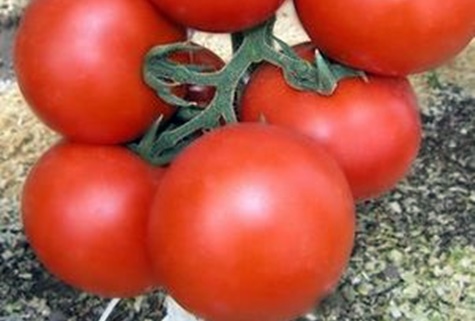
Vladimir Petrovich, 56 years old. Kostomuksha:
Last year, I planted this tomato variety in the country for the first time. Doubted, because they write one, and the other grows. But the neighbor in the country said that SeDeK always has good seeds, and so it happened. Everyone went up, and the harvest was such that I distributed it to my neighbors in the country. We didn’t raise them for sale, but to eat for the winter. My wife ran out of cans of tomatoes. We will plant this year too.
Igor Nikolaevich 62 years old. Permian:
I agree with Vladimir. It is gratifying that we, our Russian, do not need to look at that Europe and overpay them for what we brought. I heard that Siberians developed well with high-quality seeds and with selection. Catherine is a great variety.
Olga Evdokimovna, 70 years old. Moscow region:
Tomatoes are beautiful and canned look good. As for the taste, I'm not very happy. Although, as for the hybrid, it’s not bad. I grow other varieties for salads, well, there, Bull’s heart or orange, and I planted this one for seaming, and in general, I was satisfied.
The tomato variety Ekaterina F1 can be safely recommended for any region of the Russian Federation, as a successful hybrid of Russian selection, included in the State Register of the Russian Federation among the tomatoes of universal use, which are bred for unheated greenhouses and under film shelter. The hybrid has excellent taste, high yield and relative unpretentiousness in care, and this is exactly what Russian gardeners require from cultivated varieties.




 Low-growing tomatoes, without pinching: 5 of the most delicious varieties
Low-growing tomatoes, without pinching: 5 of the most delicious varieties Why tomato seedlings grow poorly
Why tomato seedlings grow poorly We grow a tomato in a shell
We grow a tomato in a shell Growing tomatoes without watering according to the method of Kazarin
Growing tomatoes without watering according to the method of Kazarin